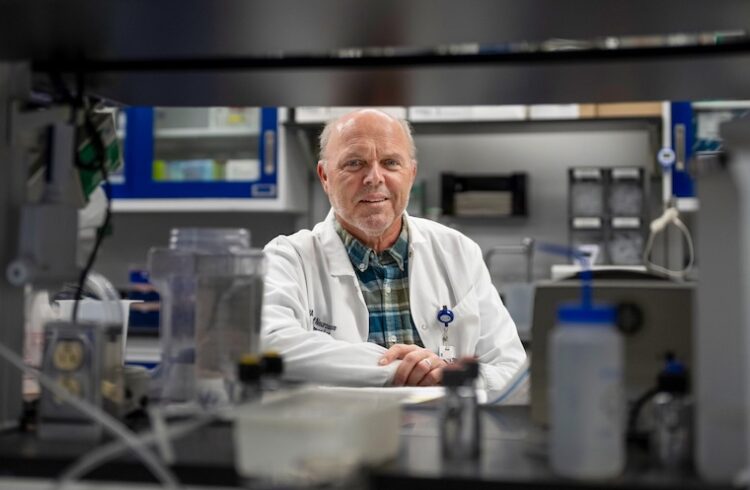
An estimated three million physicians, nurses and other healthcare workers around the world are exposed annually to life-threatening blood borne diseases, such as HIV, hepatitis C and hepatitis B, during the course of their work. Of the resulting occupational infections, more than 90 percent occur in developing countries, where shortages of health care workers are an ongoing problem.
This week, a team of healthcare workers from India and South Africa have traveled to UVA to receive critical training in the prevention of occupational infections, thanks to a new fellows program at the UVA International Healthcare Worker Safety Center. The program already has trained physicians and nurses from Africa, Latin America and Japan, and in February members of the Center will travel to Saudi Arabia to train a network of health professionals from the Persian Gulf States.
The fellows program is part of the Center’s larger initiative, which is advocating a global standard for healthcare worker protection, following the Center’s successful efforts toward the passage of the U.S. Needlestick Safety and Prevention Act in 2000.
“American healthcare workers now benefit from an unprecedented level of protection from occupationally transmitted diseases,” says Center Director Janine Jagger, M.P.H., Ph.D. “Healthcare workers in the poorest countries should be afforded the same level of protection as those in the U.S.”
In addition to being trained in the basics of occupational exposure prevention, fellows learn how to establish their own national surveillance programs to track progress in preventing occupational exposures and infections. The EPINet blood exposure surveillance program, developed by Jagger in 1991, can be downloaded from the site and is available in more than a dozen languages.
“In most developing countries, there are no national standards in place to protect healthcare workers and no means to track the incidence of infections,” says Elayne Kornblatt Phillips, R.N., Ph.D., Director of Research for the Center. “The Indian physicians training this week also point out a common situation in remote areas where there is only one healthcare worker – if that person becomes sick or dies, the loss to the community is devastating.”


